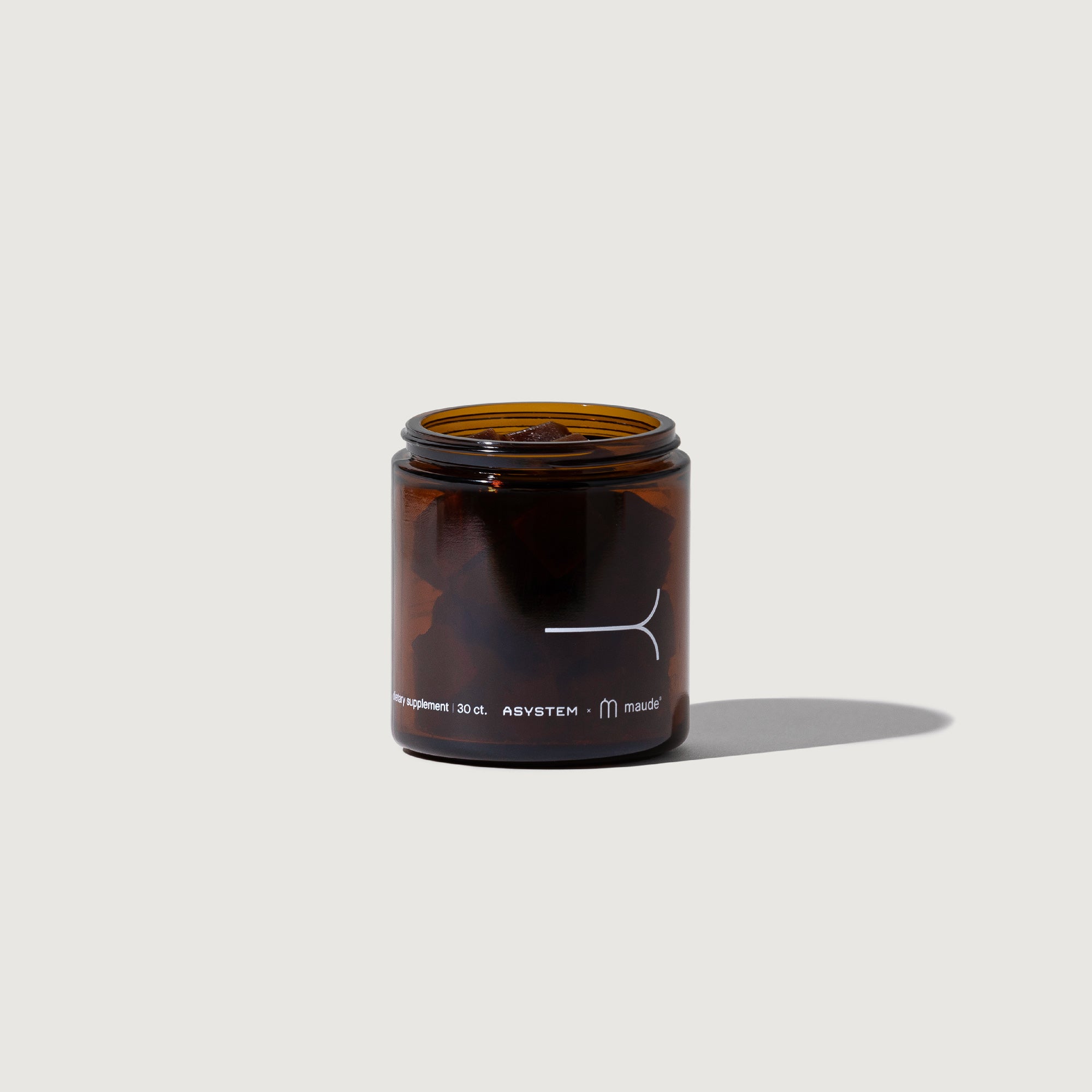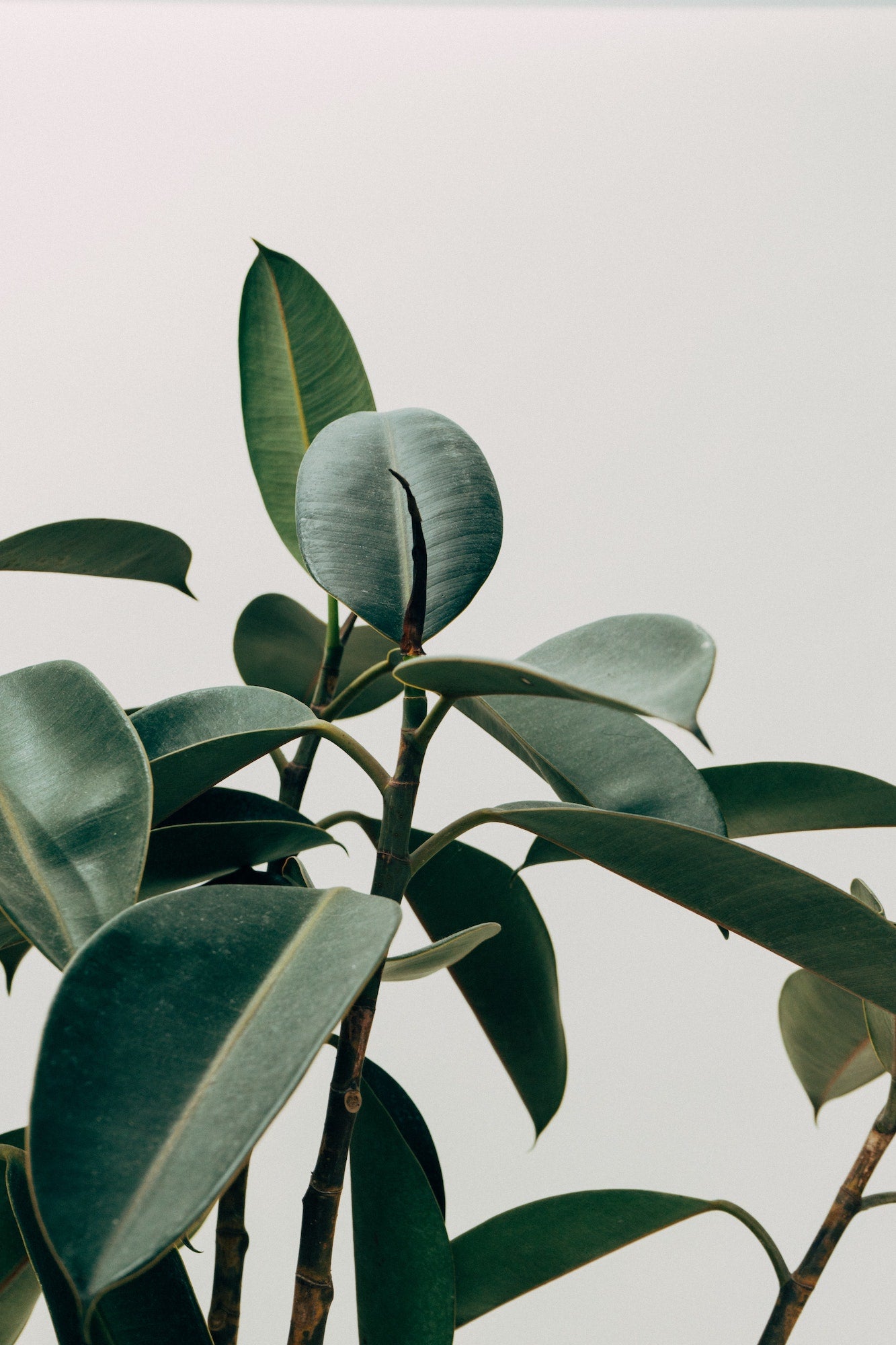A brief history of sex potions.

Ancient aphrodisiacs, love potions, and the quest for a boost.
Throughout history, humanity has been pretty heavily into the idea of a medicine that makes you horny. They phrased it slightly more tastefully, generally, but that was ultimately what it was.
While often bowdlerized or conflated with the more kid-friendly ‘love potion’, it’s a consistently-used trope in fiction, from A Midsummer Night’s Dream to endless crappy 1980s comedies to pretty much any movie involving witches. But what is the history of such love potions? The version where someone becomes consumed with lust for the first person—or donkey—they set their eyes on is, of course, nonsense, but the less magic one, where a substance just gives a little boost here and there, is a bit more complicated.
A huge variety of different foods and substances have been said across the centuries to increase sexual desire. The ancient Greeks associated the sea with sex, leading to seafood being seen as an aphrodisiac—a history that oysters still enjoy today. The ancient Egyptians swore by lettuce, while the Romans insisted that was a libido-destroyer, opting instead for its close relation arugula. Chocolate was seen as an aphrodisiac by the Aztec culture who developed it, with ruler Montezuma reportedly drinking fifty cups before visiting his harem. Generally—not always, but generally—it was men’s ‘potency’ that was seen as needing to be fixed, while women’s sexuality was seen as a given.
In medieval times, the rule was pretty much that if it looked in any way phallic or vulval, it would affect those parts. The belief that ‘like effects like’ led to foods like sea cucumbers, carrots, avocados (for their resemblance to testicles), and, again, oysters being associated with libido boosts.
While a lot of ingredients that are very unexciting to modern eyes have been touted as aphrodisiacs in the past—basil, mint, cinnamon, ginger, ginseng, almonds, cress, pepper, and even, somewhat ironically given how the word is used now, vanilla—there have also been concoctions that are slightly more unusual. In feudal Japan, a mixture of eels, lotus root, and charred newt was said to get people in the mood, while in China, silkworms infected with the fungus cordyceps were also said to work. Glands from the Bufo toad, various tree barks, deer antler velvet, and certain beetles (like Lytta vesicatoria, colloquially known as ‘Spanish fly’) have all been touted as surefire libido-boosters in the past. The Filipino dish balut—a fertilized boiled egg in which the embryo is visibly developed—is often claimed to boost sex drive.
Consuming the sex organs of various creatures has also been popular through the centuries.
Jamaican cow cod soup (made from bull’s penis), Chinese ox penis soup, and pickled goat’s penis have all been said to imbue the consumer with sexual potency and prowess. The ‘horny’ in the Chinese plant name ‘horny goat weed’ isn’t, as one could sensibly assume, a reference to the leaf shape or anything—when goats eat it, they get horny. It has never been scientifically proven to work on people, but that hasn’t stopped them from trying.
The nineteenth century brought a new age of quackery, with snake-oil salesmen—both metaphorical and literally selling snake oil—peddling various dodgy potions and tinctures. One incredibly questionable doctor, John Brinkley, transplanted goat testicles into the scrotums of men troubled by their low libidos, which unfortunately led to, uh, quite a lot of infection-based deaths.
Some foods don’t need to necessarily have any chemical aphrodisiac effects to potentially have psychological ones—a lot of food and drink seen as particularly luxurious or rarified are associated with boosting libido. Ambergris—a substance shrouded in mystery for many centuries and now thought to be a, well, whale poop byproduct—was for a long time one of the most expensive substances in the world, and became associated with a kind of opulent horniness as a result, despite smelling like poo.
The placebo effect can be extremely powerful when it comes to libido, with both an expectation of certain reactions and a feeling of taking control potentially leading to actual effects. A modern understanding of the multifaceted nature of sexuality, and the many factors that go into being in the mood or not, means nobody expects a few drops of anything to suddenly render anyone uncontrollably horny. But, certain substances can boost your body’s production of testosterone, or promote increased blood flow to certain areas, or just make you feel more relaxed, all of which can greatly enhance real arousal.
Enhancing and improving something that’s already there might not seem as compelling an idea as a magic horny potion, but it’s vastly less likely to lead to donkey-based misadventures, which is something.



